Trulery Profiles: A Product Development Expert's Take on Seeing Vision Come to Life
/As consumers, we rely on brands or companies to be socialization agents, and the products they create and market heavily influence us. They show us what to wear, and if the product is appealing enough, we listen. I thought it would be interesting to get an insider’s view of the product development process to see just what brands consider when developing a product for retail. My good friend, Myriam, has been in the field of product development for a number of years, and has played an integral role in carrying a product from vision to life for companies like Coach, Nine West, Sean Jean, and Pink. Her titles have ranged from Sr. Design Development Coordinator to Color & Materials Specialist. So when I asked to pick her brain about the product development process, I was happy she agreed. Here’s what we talked about.
1. Trulery: You always say product development is not very creative, but is there some creativity to it?
Myriam: Well, you have to have a working understanding of color and design to help make decisions during production that keep the integrity of the product. It comes down to the relationship you build with the designer, and how comfortable they are relinquishing power over to production. When a designer learns to trust your eye, it makes for a stronger working relationship.
I’ve only worked for mass market brands, and designers are typically not involved in the day-to-day work of production like sending emails or talking to factories. They may want a pant with a specific detail, cut, or color, and it’s up to the production team to pass the information along to get those details. Product development is essentially a conduit of information between factories, regional offices, and service providers. Some designers micro-manage, others give the development team more leeway. But generally, product development brings the vision to life and any complications with the process needs to be dealt with by us. If a change needs to be made to the product, the designers need to be made aware.
2. Trulery: When a designer has a vision for a product, I assume they want to see that vision come to life in the way they imagined. But it probably doesn’t always happen that way, right? So what are some considerations that affect the way a designer’s vision is carried out?
Myriam: Cost is one major issue that can affect a designer’s vision. A designer may want a specific, high-end maternal but it may not be cost-effective to use it. Let’s say a designer wants a specific leather that is too costly, product development will search for a more inexpensive fabric or a synthetic leather that closely resembles the original leather. Sometimes it could be just a trim or a button that throws the price out of whack.
Other times the availability of a material becomes an issue. Production may no longer be able to get the material the designer intended from one factory, and it costs higher than expected in another. Or maybe the company that specializes in a specific detail like a glitter color no longer runs that color anymore. When these issues occur, a shift needs to be made.
Another consideration is consumer feedback. Brands look at customer reviews or show new ideas to focus groups to get a feeling of what the customer is gravitating towards. This can affect what gets put on the line.
checking out an assortment of heels while visiting a factory for nine West.
3. Trulery: Is the designer ever completely unhappy with the changes?
Myriam: Sometimes they get upset because that detail is the best for the product or would appeal most to the customer. It’s a hard pillow to swallow if they feel the product is dumbed-down and does not maintain it’s intent. But it’s up to production to provide the best back-up while still producing a product that’s profitable.
It’s best to have a designer who understands production so when things don’t work out as planned, it’s not as much of an emotional process. But there’s a balance— production may be able to see the value in spending more money for some details and taking a hit somewhere else. It’s a collaborative process.
Ms. M taking a much needed break from the all encompassing work of production.
4. Trulery: When a company puts out a product, their bottom line is to get consumers to buy it and make a profit. What do they think increases the chances of a sale? Does the vision ever get lost in trying to make the sale?
Myriam: Brands work really hard to create products that the customer is looking for. So the question becomes “where do we win?” Is it bras, work-out clothes, a T-shirt?” and then, “What’s doing well?” Once we figure it out, we put our effort into creating things that keep the customers coming back. If it’s a T-shirt, we’ll make new iterations to keep it interesting. Brands do their best to build customer loyalty.
I don’t think a vision is ever lost to make a sale. There’s always a desire to maintain integrity. The market is saturated, and brands have to know what they stand for. They want customers to buy something because they know this brand will make something they like. Customers can buy leggings anywhere, but as a brand, you want them to buy from you because they know your brand. Of course, brands want to capitalize on trends; and try to make sure assortments reflect what they’re seeing in fashion. But they have to tweak it in a way that makes sense for the customer. The brand’s vision and what the customers want should be aligned.
5. Trulery: What are some processes or a specific way of working that help to create a product most aligned with the vision?
Myriam: There is no formula but it happens more often than not. It’s about having all the pieces line up. The brand does all the market research to get the right fabric, color assortment, and fit so there is a clear vision. When it’s time to make a presentation, they’ve done all that work so a strong start helps.
The production team doesn’t get involved in the early stages of the process. When we get the initial view of a product, we share information with providers to get them to start looking for counter sources or a similar affordable option if we need to, to avoid delays. We also have books and can look at the archives; or might remember a piece of leather and leave it open as an option. We always want the initial product to be made exactly how the designer intended to see what it costs and make changes as needed.
6. Trulery: What product have you enjoyed the most and why?
Myriam: It’s exciting to see something come in and know it will sell because it connects to what’s happening in fashion and fits the brand— everything clicks. Those are the times I get excited.
Myriam reviewing material swatches to ensure that the fabric matches the swatch (the smaller fabric) provided. Sometimes factories get it right the first try (as seen).
7. Trulery: What is the most fun part of the product development process and the least fun?
Myriam: The most fun I have is when I start with a sketch and then see a product come to life. That’s the best part— being able to hold the product in my hand. Sometimes I think, I remember trying to pick a button for that, or we almost didn’t have that detail, or the fit process was crazy but look at it now. I appreciated at Nine West when they could push a little and create something more fashion forward.
The least fun is not being in a position to make significant creative decisions. Product Development is about execution, not so much ideating. That’s not to say we can’t bring decisions to the table. There’s a tremendous amount of creative problem-solving that goes into our work (in terms of solutions for construction or material), but the initial vision is someone else’s and that sometimes is a bummer. That, and how administrative the work is- lots of charts and emails!
8. Trulery: In your experience, do companies adequately consider the internal processes that affect consumers when purchasing—processes like identity, age, ethnicity, class, body image, or even things like the other shoppers in the store, or the music playing?
Myriam: They do. We are in a time when customers are accessing their voice and power; and are looking for brands that align with their values. Brands know customers can spend their money anywhere; and want to stand for something bigger than just “buy my T-shirt.” So much volatility has been stirred up socially and there’s a lot happening with Black Lives Matter, body positivity, LGBTQIA, and sustainability. These discussions are happening in a way that’s more intense; and it’s more important for people to shop in places that take a stand for things that matter, to see people who look like them reflected in advertising. So brands focus on marketing these issues.
Social media has a huge impact on this shift because everyone has a platform; and it brings people closer together. Customers have access to people now like celebrities, and there can be a dialogue in a way they didn’t have before. So brands have to be genuine and authentic. It’s not just about sales, its about people.
9. Trulery: What is something you think consumers would be interested in knowing about the product development process?
Myriam: That it’s not all glitz and glam. When I tell people I work in fashion, they automatically think of red carpets, models, and designers. But there’s a lot of behind-the-scenes work like following up on emails, costs to be negotiated, and a lot of administrative work that requires detail, focus, and the ability to pivot. You need to problem-solve. I like to say it’s basically a corporate desk job in a really fun environment








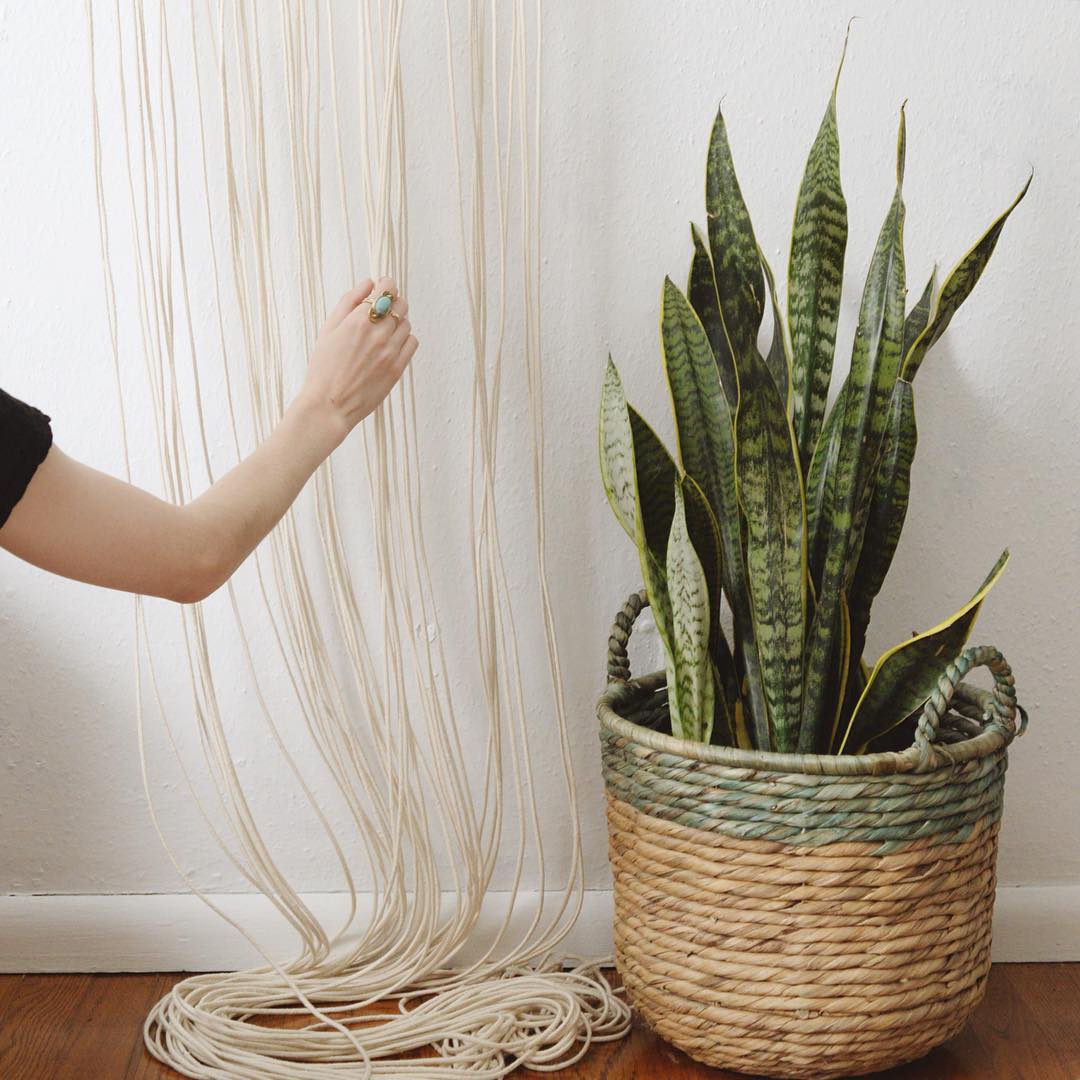
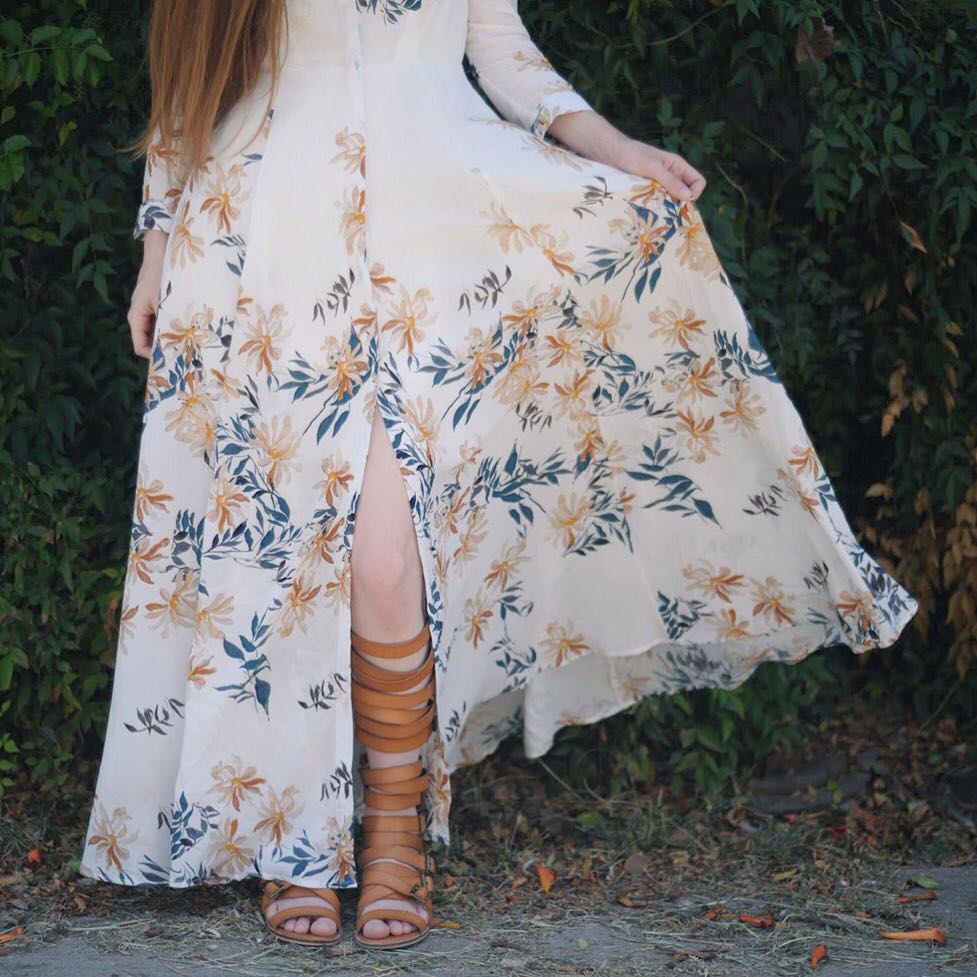
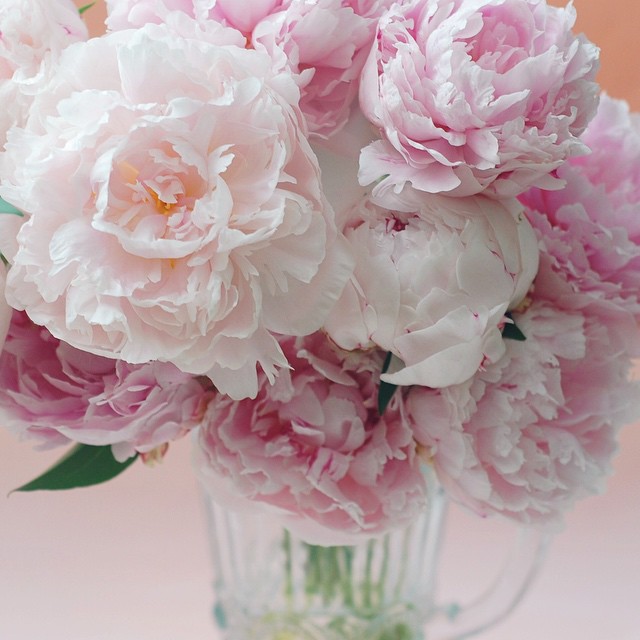
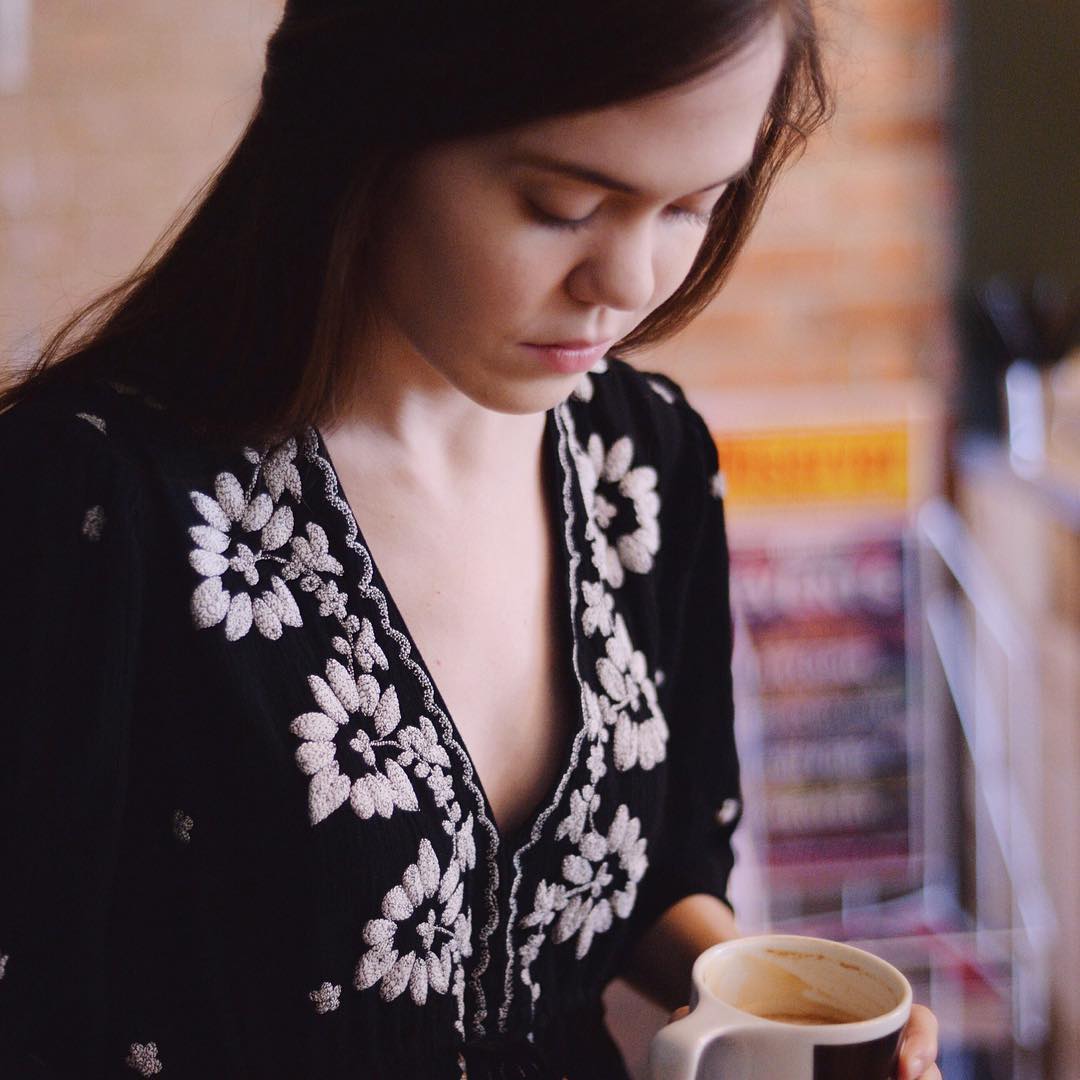
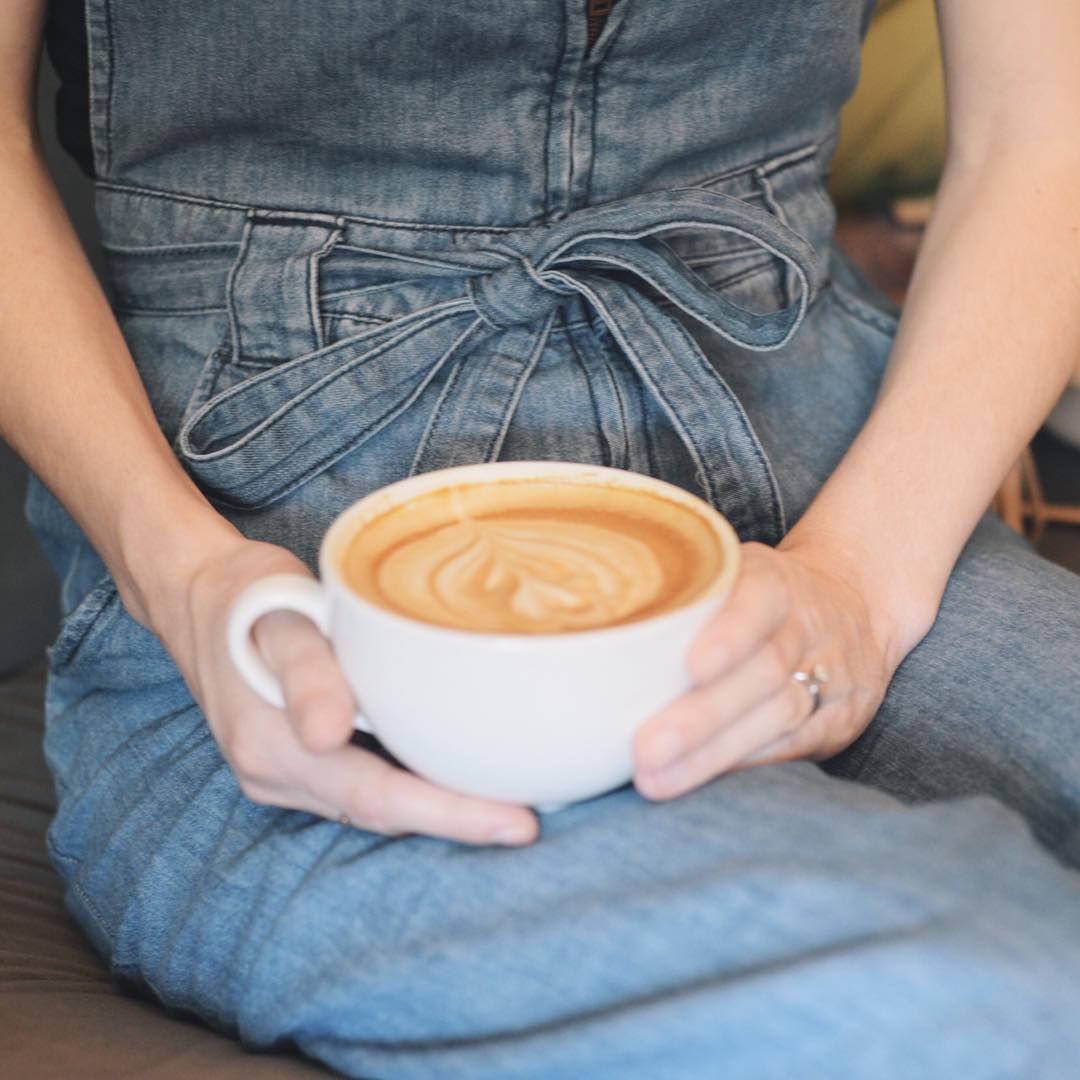
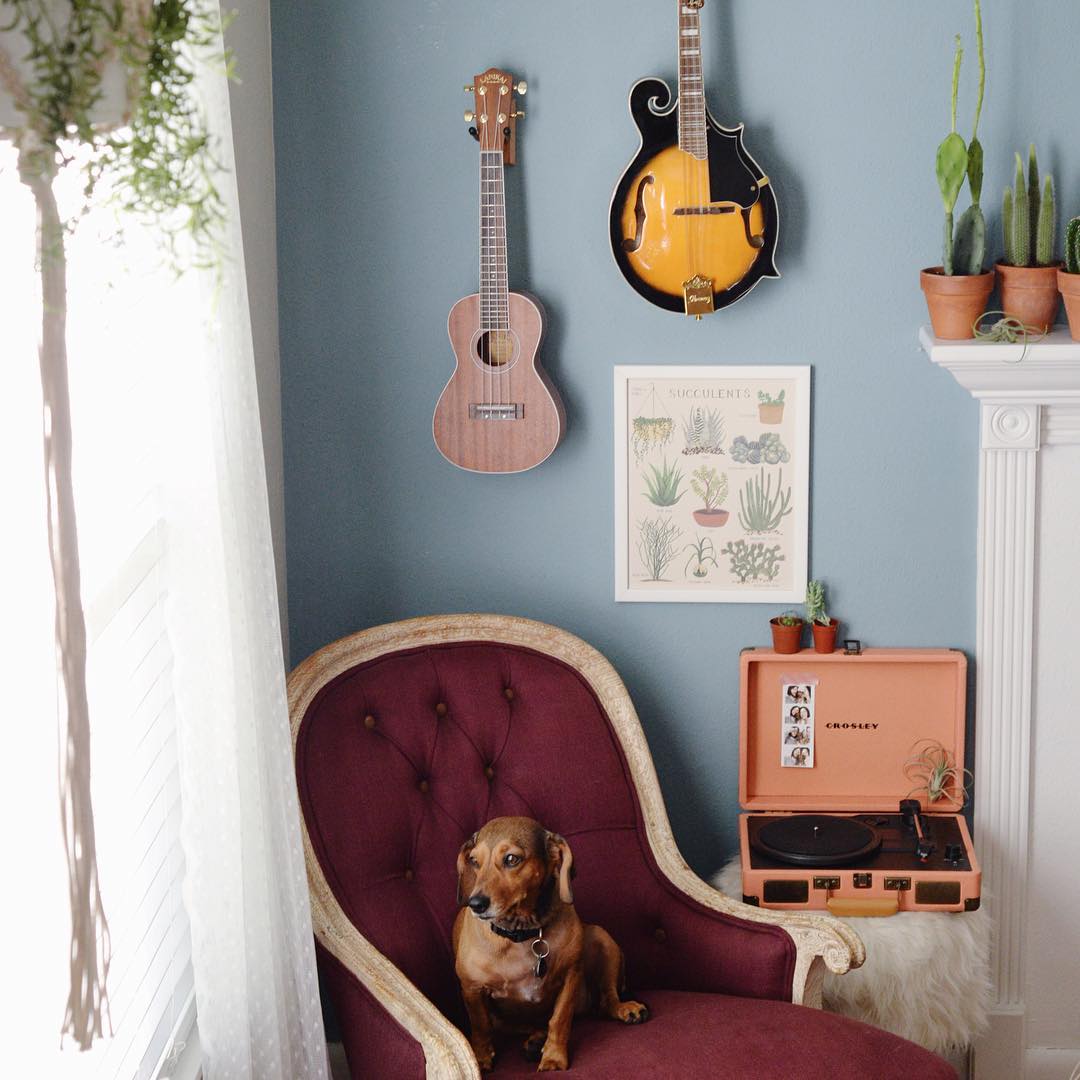 TB: It's easy to see that your Instagram pics are well curated. What is one thing you learned about photography since you started your feed?
TB: It's easy to see that your Instagram pics are well curated. What is one thing you learned about photography since you started your feed?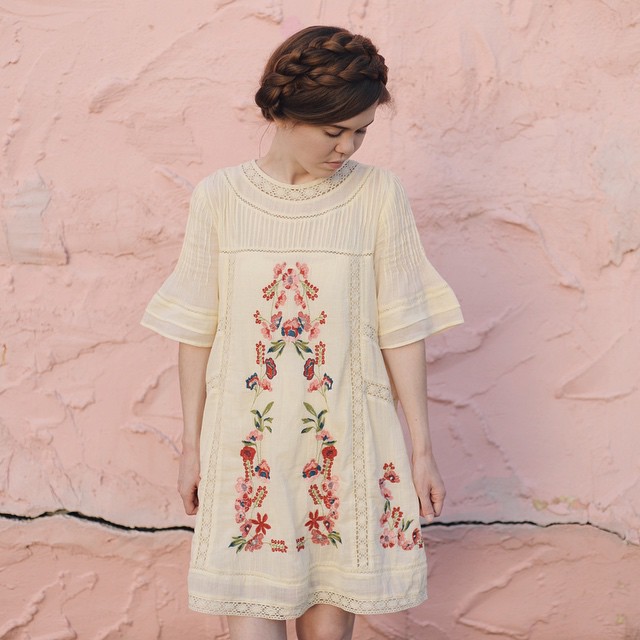
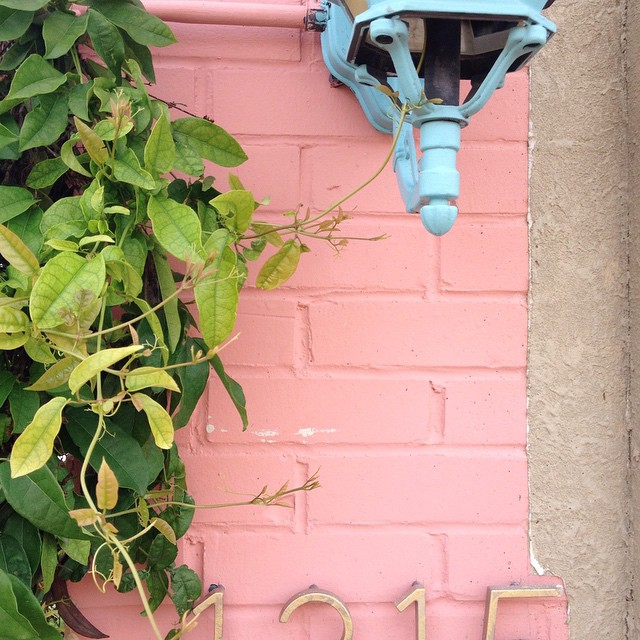

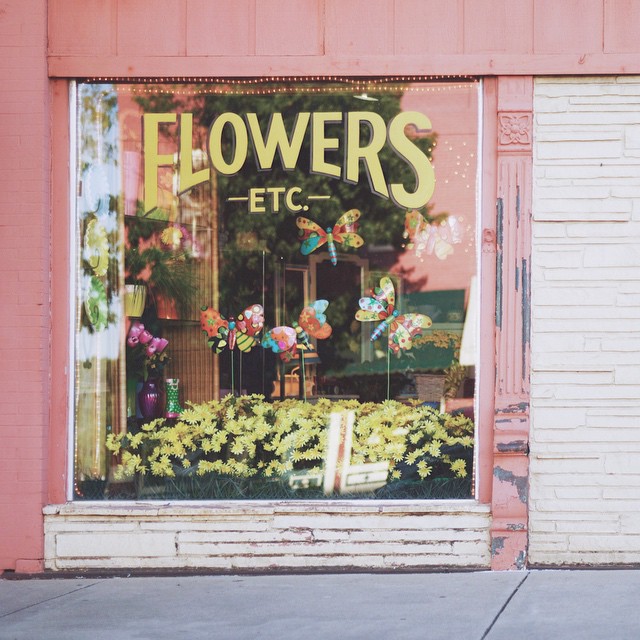
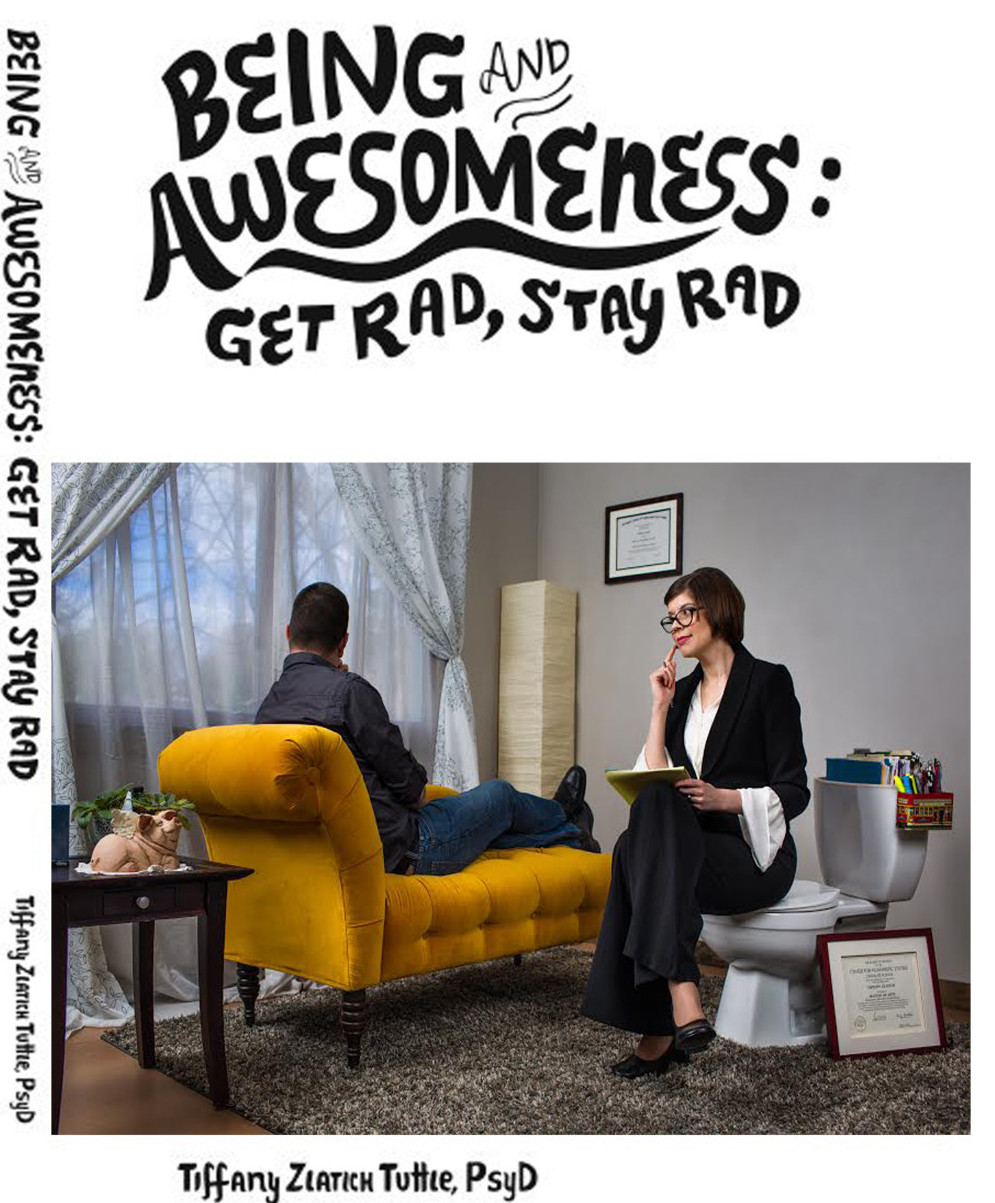
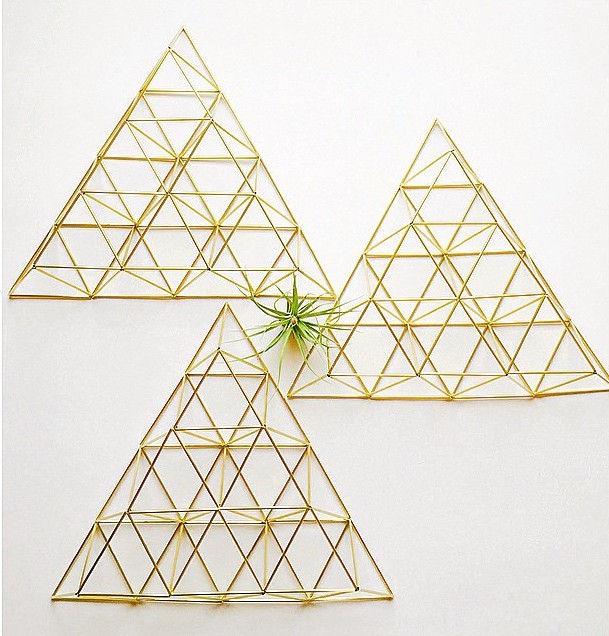
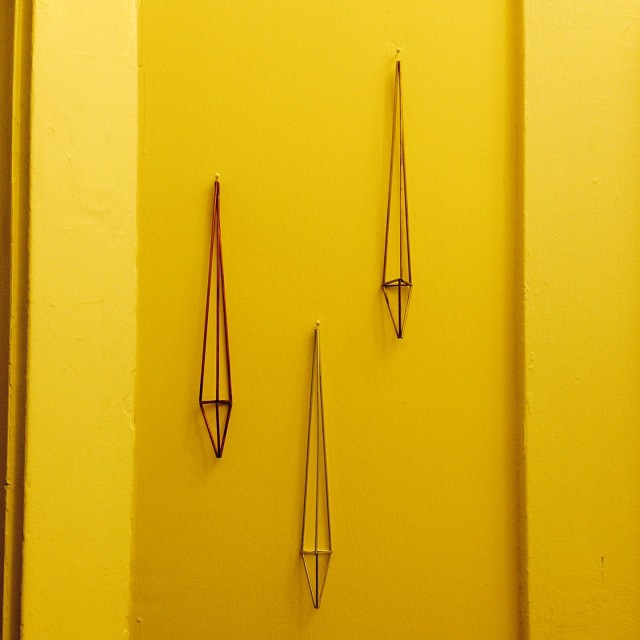
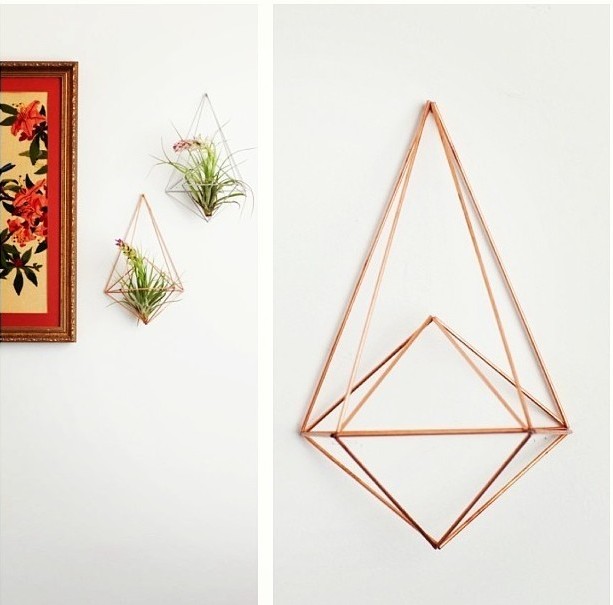

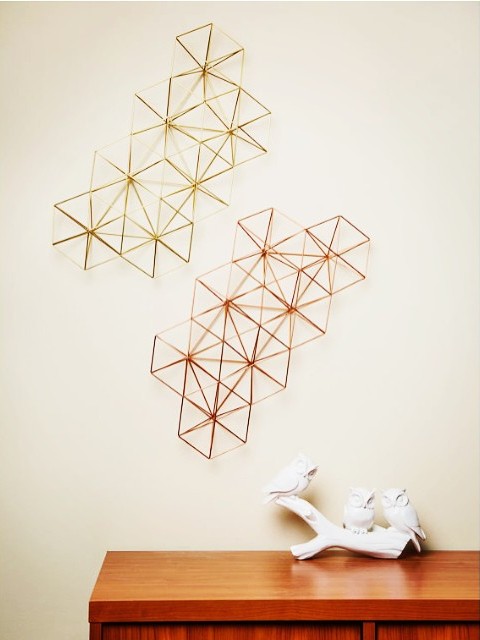
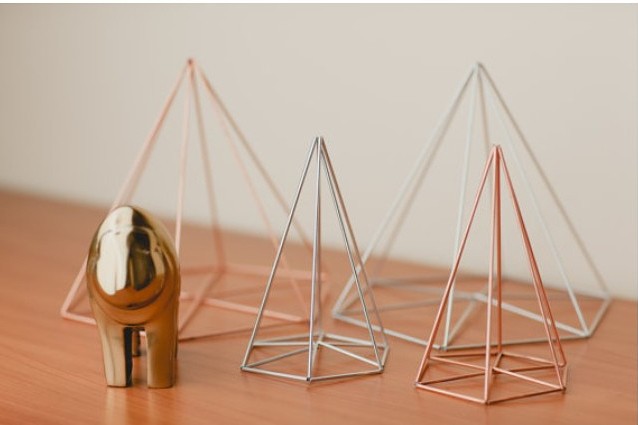
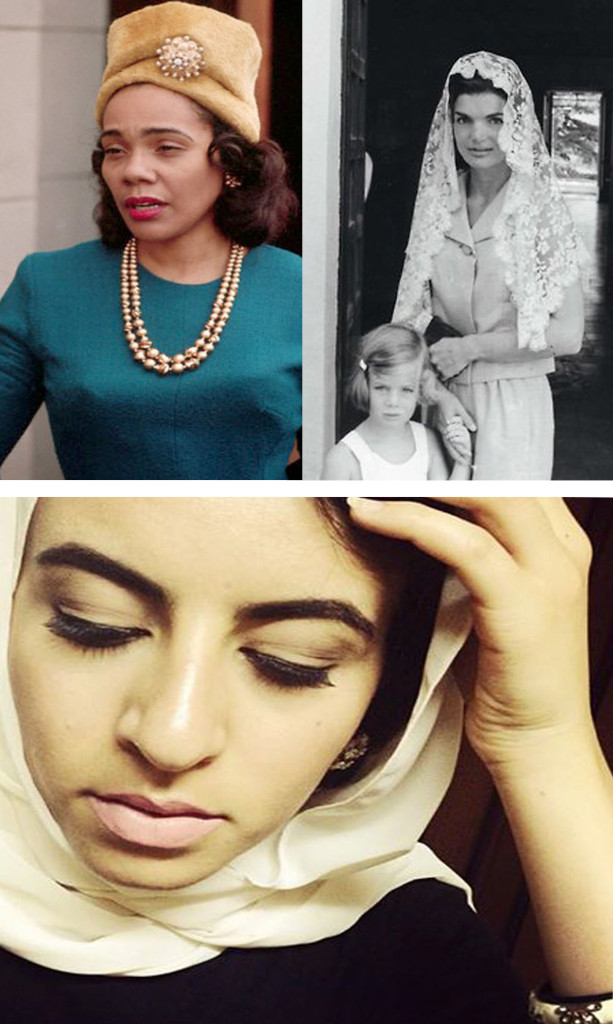 {
{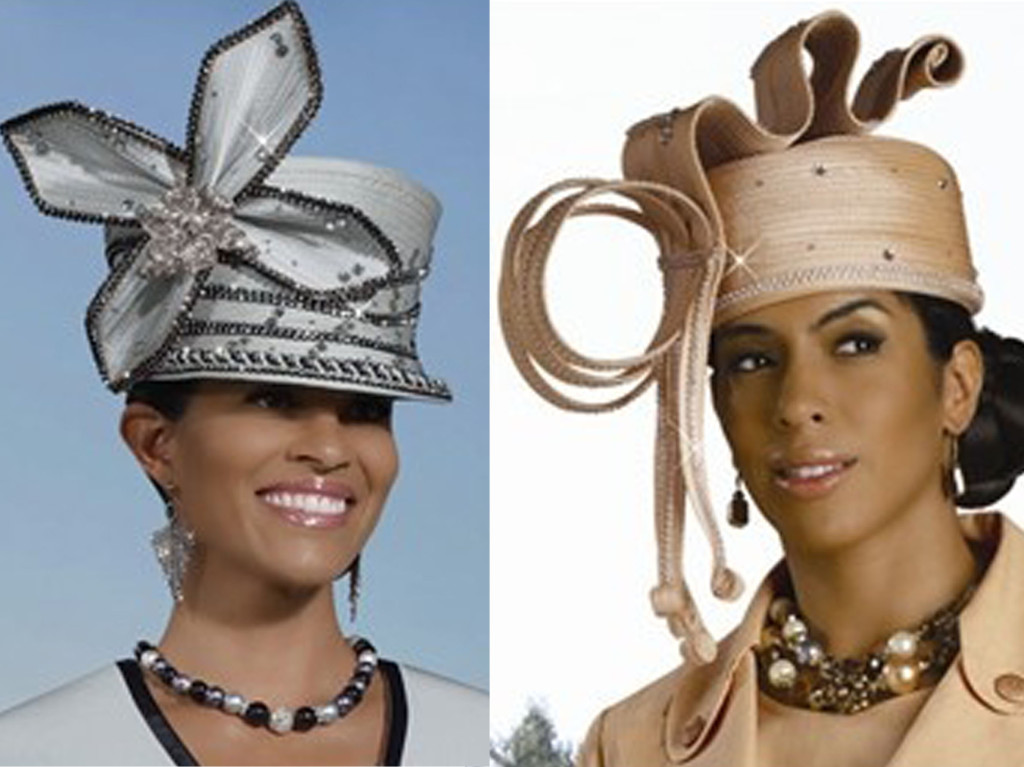 {
{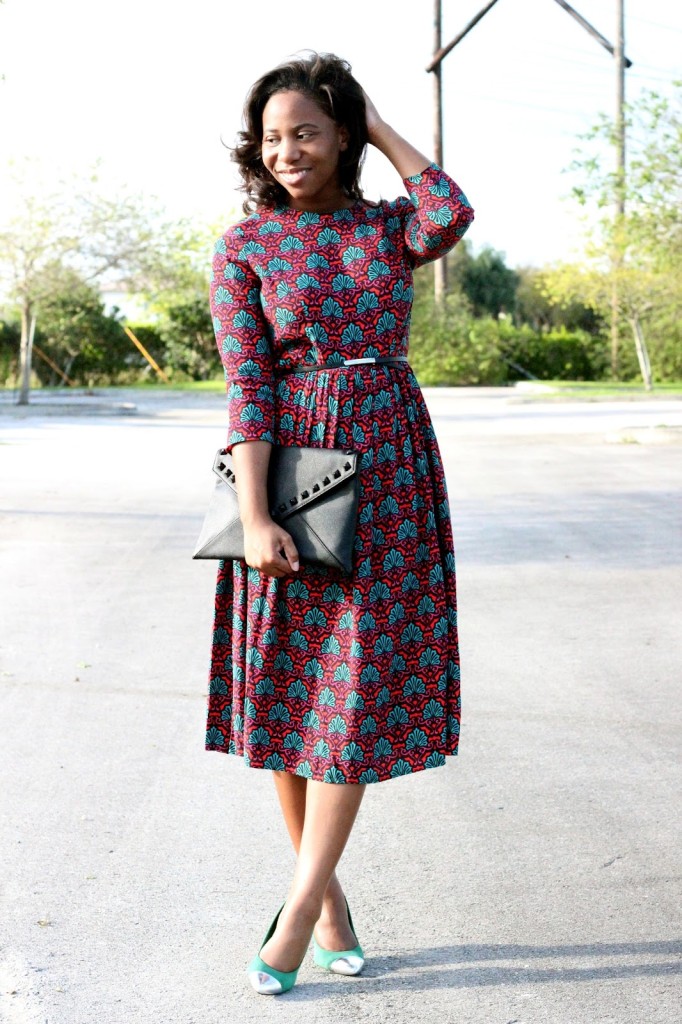 {
{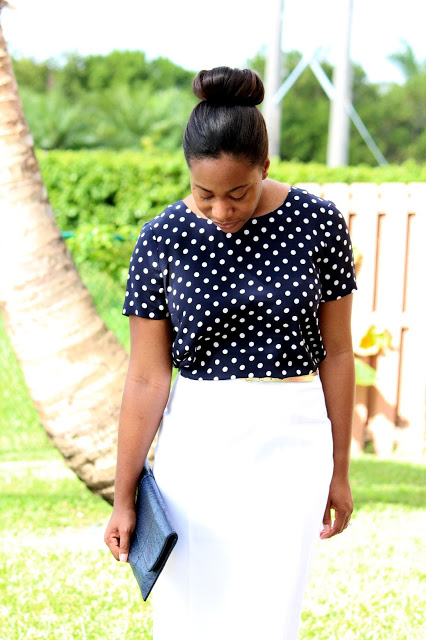 {
{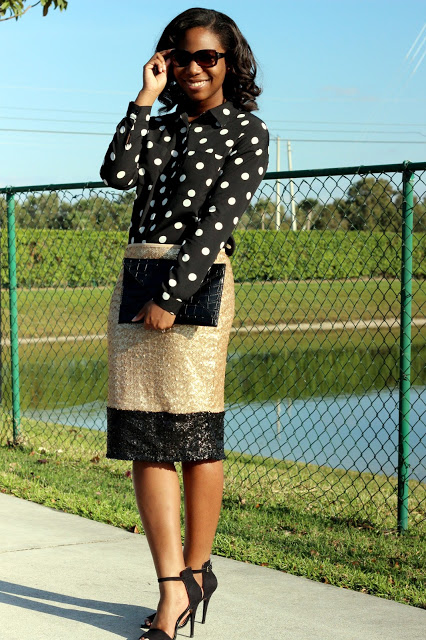 {
{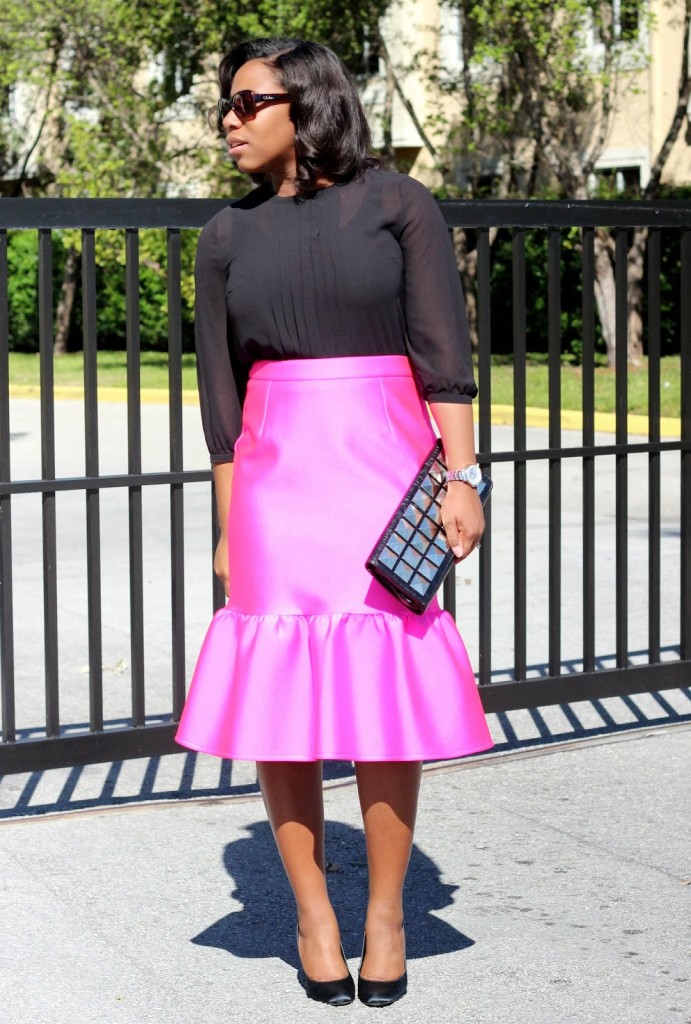 {
{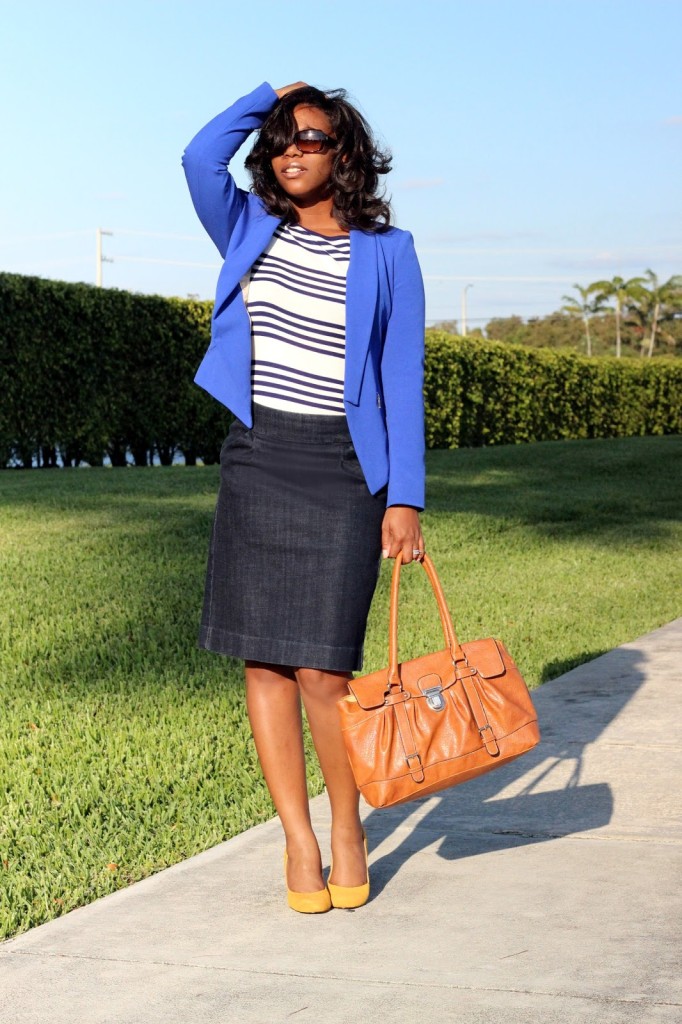 {
{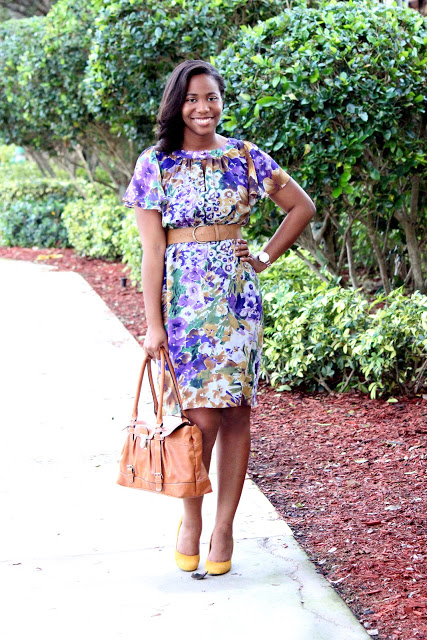 {
{










